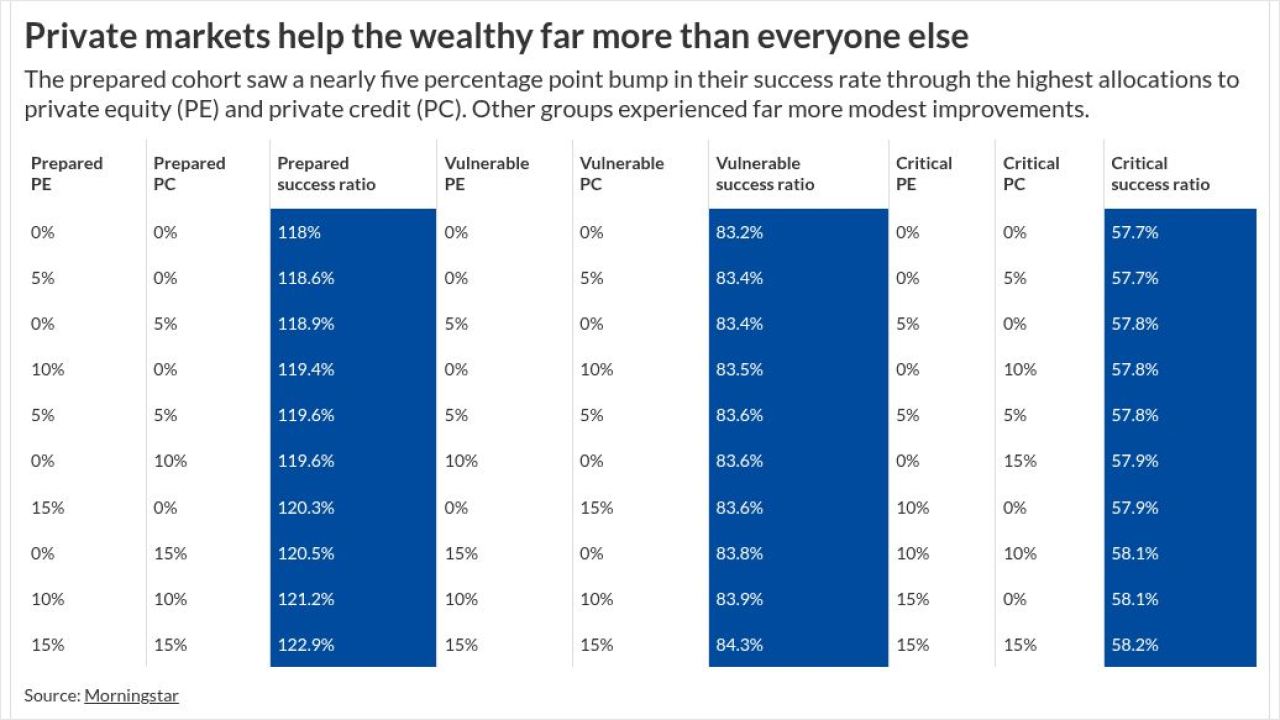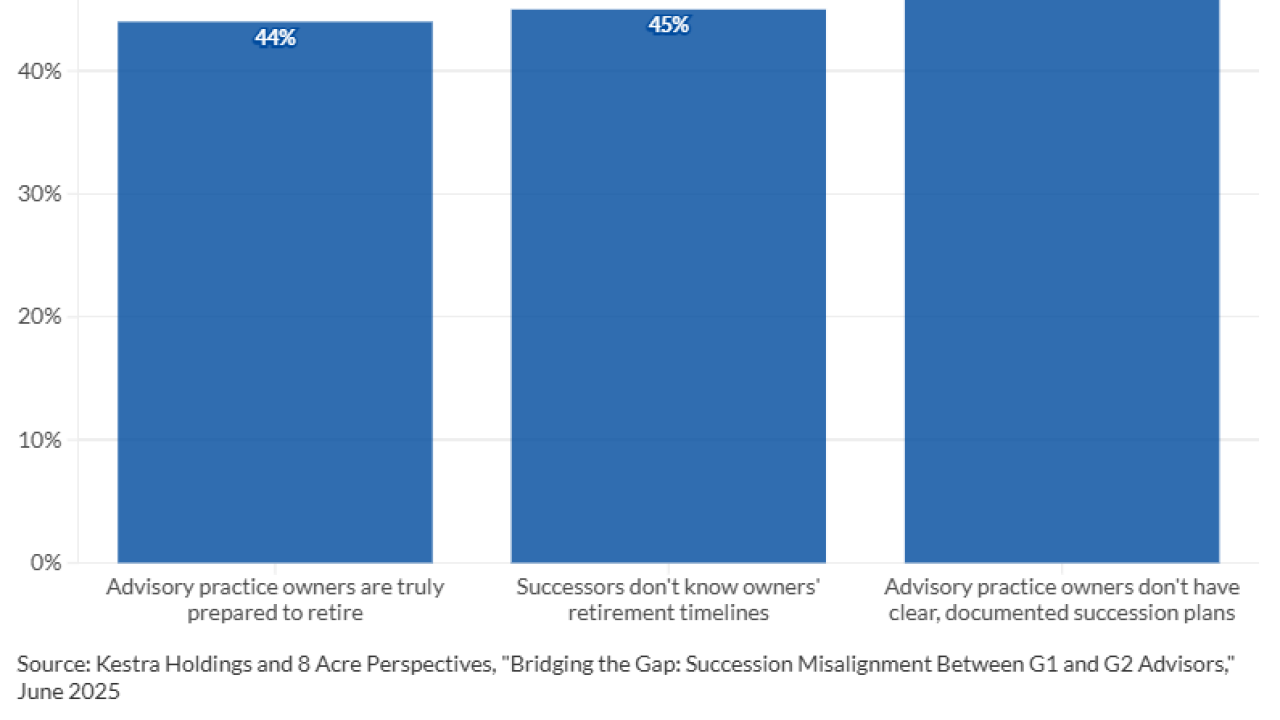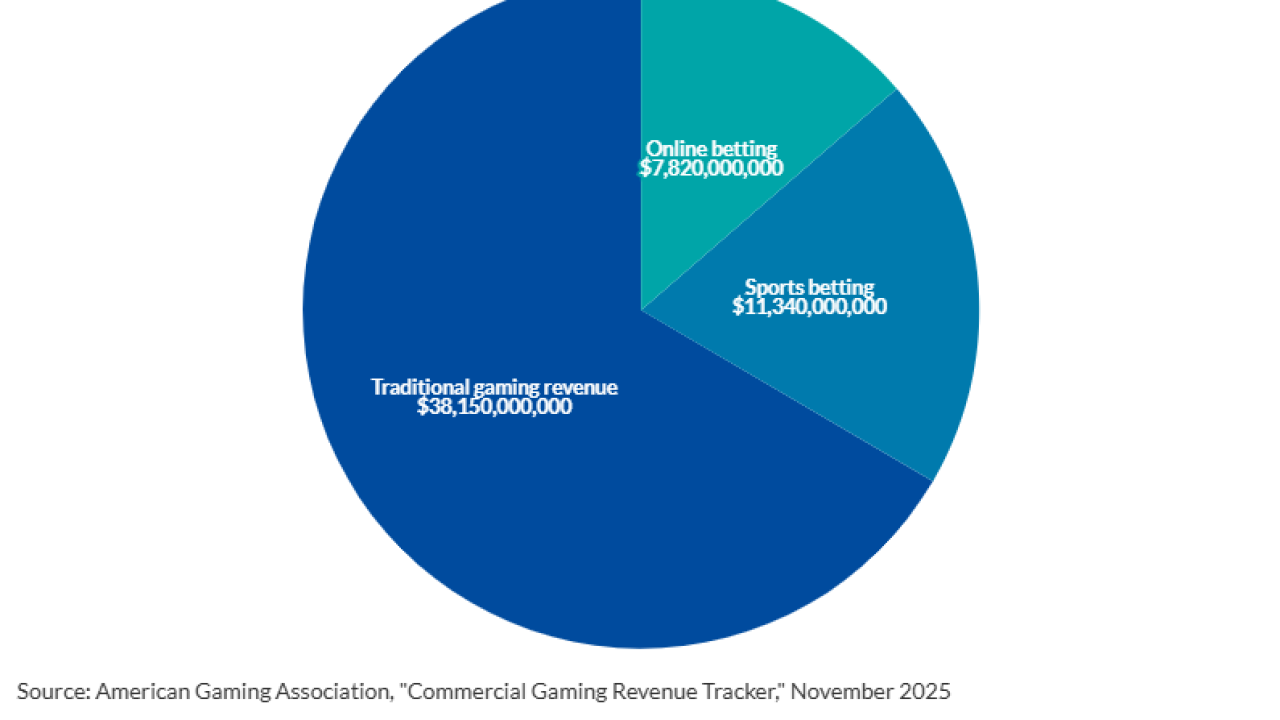Across the U.S., roughly 20% of seniors work past the retirement age of 65 years old, but some cities are being impacted significantly more than others, according to a new
In an analysis conducted by the financial services referral firm, 2021 U.S. census data was used to calculate the percentage of residents age 65 and older currently in the labor force as well as those unemployed but still looking for work. The firm also compared 2021 data to 2019 census data to calculate how the senior labor force participation rate has changed for each of the cities studied.
Its findings align with recent research from news website Axios and the market research firm Ipsos that found that
The trend of working later in life is likely to continue growing, with almost a third of people between ages 65 and 74 predicted to be working or looking for work by 2031, according to the Bureau of Labor Statistics.
Advisors say that client retirement plan projections are changing as more seniors continue working past the retirement age. "Advisors will just need to be flexible when working with clients working longer," said Daniel Lash, a financial advisor at VLP Financial Advisors in Vienna, Virginia.
Which U.S. cities are home to the largest "gray labor" workforces? Four in the top 10 (as of 2021) are located in Texas. The 15 cities listed below are ranked based on the proportion of seniors working or seeking work.






